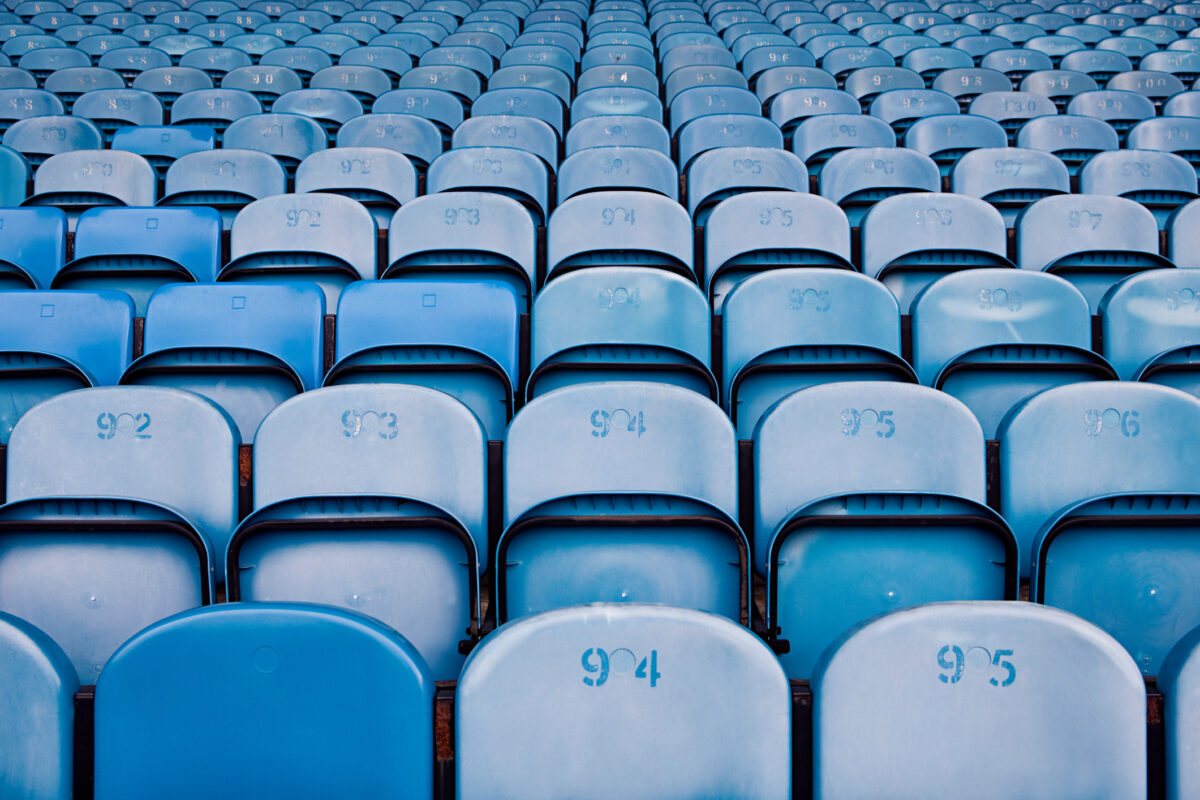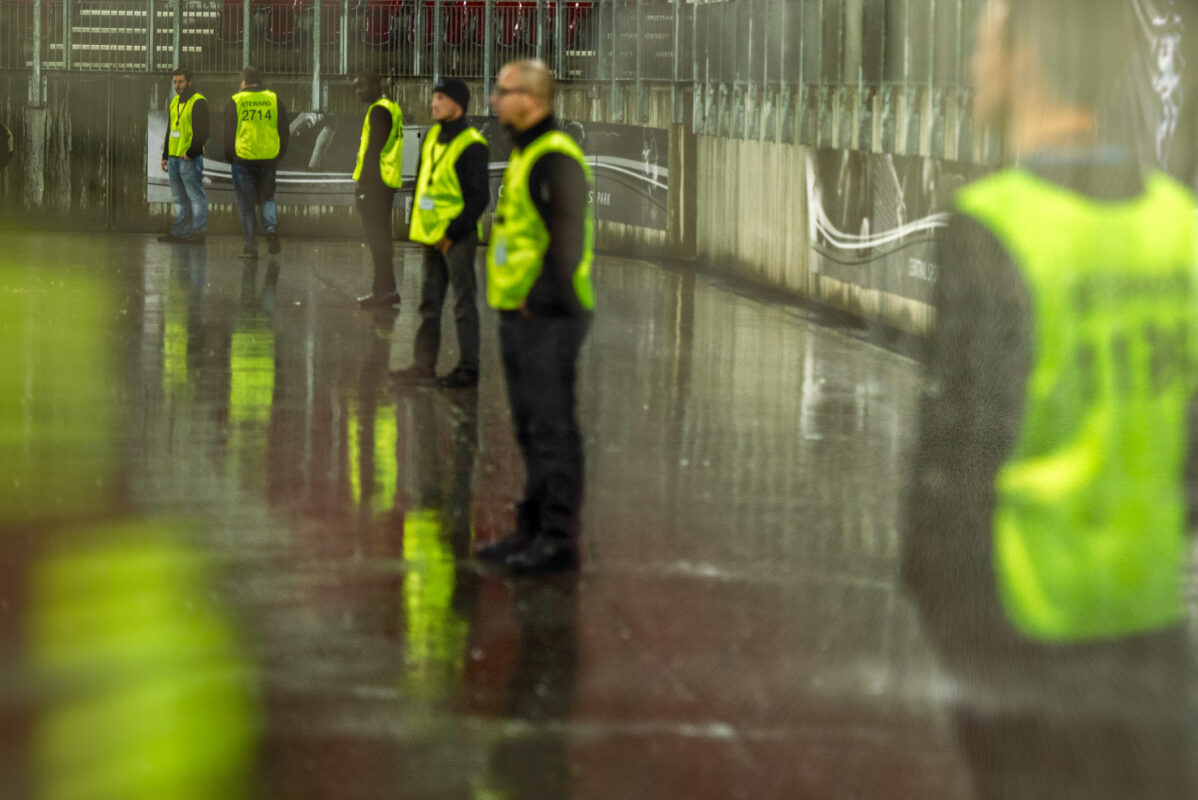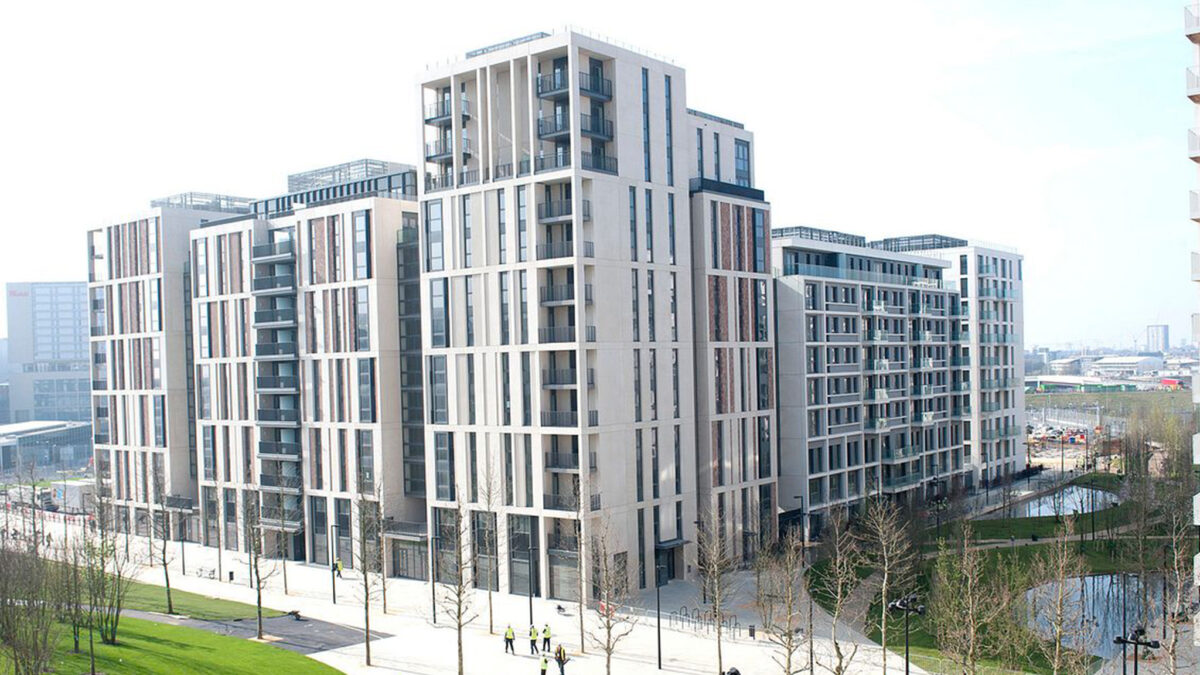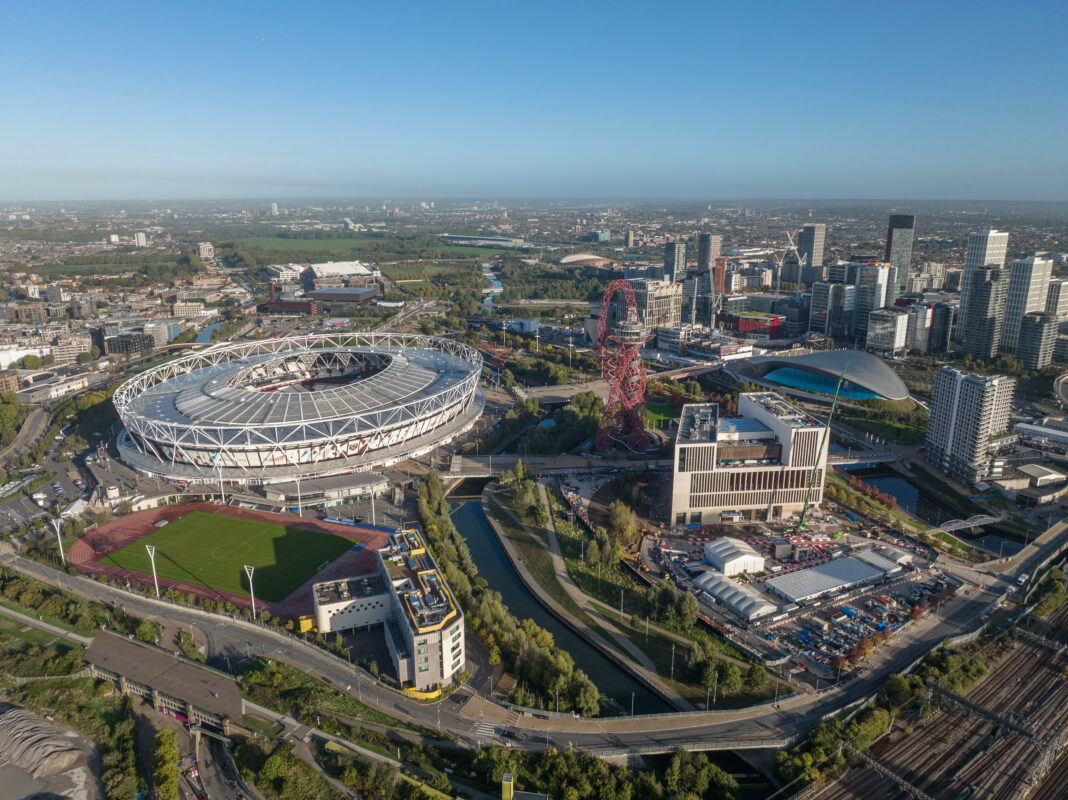Fire engineering in the sport and leisure sector involves the application of specialised fire safety principles and practices to mitigate the unique risks associated with these types of facilities.
Here’s how our Fire Engineers typically apply it in the sport and leisure sector:

Fire Engineers design and specify fire detection and alarm systems tailored to the unique characteristics of sport and leisure facilities. This may include the use of advanced detection technologies, such as flame detectors or aspirating smoke detectors, to provide early warning of fire. Fire safety in sport & leisure facilities may have complex building layouts with multiple levels, mezzanines, and interconnected spaces. A particular challenge for our Fire Engineers is navigating these layouts to optimize fire safety features, such as fire detection systems, sprinkler coverage, and evacuation routes.
Sport and leisure facilities often accommodate large numbers of people during events or peak times, leading to high occupancy levels. Ensuring adequate means of egress and implementing crowd management strategies are essential for facilitating safe evacuation in the event of a fire emergency. Accessibility requirements and the presence of vulnerable occupants must also be considered within fire safety in sport & leisure

In some cases, traditional prescriptive fire safety measures may not be suitable for complex sport and leisure facilities. Fire Engineers may employ performance-based design approaches, using advanced engineering analyses and simulations to demonstrate compliance with fire safety in sport & leisure regulations. Sport and leisure facilities often host special events, concerts, and performances, which may involve additional fire safety considerations. Our Fire Engineers must account for factors such as pyrotechnics, stage lighting, and crowd density when designing fire safety measures for these events.
Some sport and leisure facilities are housed in historic buildings or undergo extensive renovations to modernize their facilities. Balancing the preservation of historic features with the implementation of modern fire safety measures requires careful planning and coordination.
Our Fire Engineers conduct comprehensive risk assessments to identify potential fire hazards specific to fire safety in sport & leisure facilities. This includes evaluating factors such as the type of activities conducted, occupancy levels, building materials, and the presence of flammable substances.
Our team of Fire Engineers collaborate with architects and designers to integrate fire safety in sport & leisure measures into the building design from the outset. This may include specifying fire-resistant materials, designing compartmentation to prevent fire spread, and ensuring adequate means of escape for occupants.
Sport and leisure facilities often feature large open spaces, such as stadiums, arenas, gymnasiums, arenas, or swimming pools, which can pose challenges for smoke control. Fire safety in sport & leisure will need to design smoke control systems to manage smoke in these areas and prevent it from impeding egress routes or spreading to other parts of the building.
Sport and leisure facilities must comply with the Regulatory Reform (Fire Safety) Order 2005 and Fire Safety and Safety of Places of Sport Act 1987. Fire Engineers ensure that the design and construction of these facilities meet or exceed regulatory requirements, providing occupants with a safe environment. Fire safety in sport & leisure facilities typically host a wide range of activities, each with its own unique fire risks. For example, a facility may include areas for sports, fitness activities, swimming pools, restaurants, and retail spaces. Identifying and mitigating fire hazards associated with each activity requires a comprehensive understanding of fire dynamics and building codes.
Overall, fire engineering plays a critical role in enhancing fire safety in the sport and leisure sector by identifying and mitigating fire risks, designing effective fire protection systems, and ensuring compliance with regulatory requirements.
When you partner with us, you can trust that your sports & leisure project will benefit from our expertise and commitment to excellence in fire engineering.
Contact us today to learn more about how our fire engineering services can enhance the safety and security of your facility design.
Let us help you take your sport and leisure project to new heights.
FDS was called upon to apply its smoke ventilation design and installation experience on the prestigious site of the London 2012 Olympic and Paralympic Games.
The Athlete’s Village provided high quality accommodation to over 17,000 athletes participating in the summer games, before being converted into residential apartments for some of London’s key workers.
FDS designed, supplied, installed and commissioned mechanical smoke ventilation systems for a number of the village’s residential apartment buildings, the first such solution to meet the required approvals of the Athlete’s Village.
In addition, FDS installed an enhanced ventilation system in the site’s car parking areas. Incorporating an innovative hybrid natural and mechanical solution, the system provided extraction to remove day-to-day pollutants as well as smoke clearance in the event of fire.
Successfully completed on time, the fire protection systems installed by FDS achieved Building Regulations compliance within the client’s timescale.


Services
Policies

FDS Consult UK Limited,152 – 154 London Road,
Greenhithe, Dartford,
Kent, DA9 9JW.
Copyright © 2009 – 2023 FDS Consult UK Limited
Registered Office: 152-154 London Road, Greenhithe, Dartford, Kent, DA9 9JW.
Registered in England: 12601647